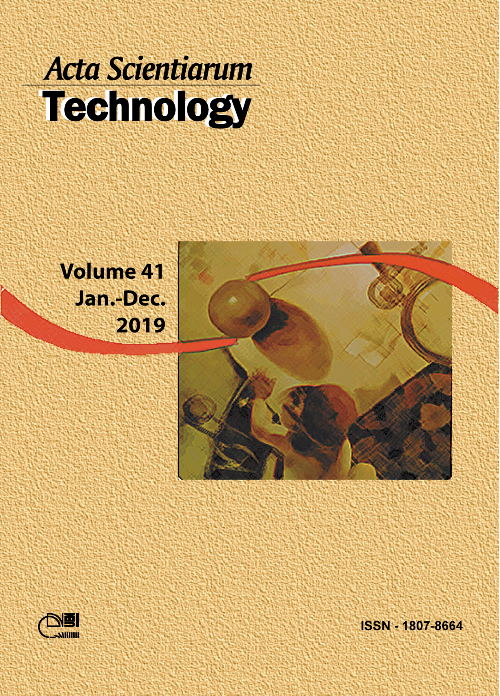Content of phenolic compounds in fruit processing residues by mass spectrometry
DOI:
https://doi.org/10.4025/actascitechnol.v41i2.35043Keywords:
Gallic acid, Ferulic acid, Myricetin, Antioxidants, UPLC-MS/MS, DPPH•, ORACAbstract
This study identified, quantified and evaluated the in vitro antioxidant capacity of the phenolic compounds obtained from native and exotic fruit seeds that are typically discarded as waste. The phenolic compounds were determined by ultra-performance liquid chromatography-tandem mass spectrometry and the oxygen radical absorbance capacity (ORAC) and 2,2-diphenyl-1-picrylhydrazyl (DPPH•) antioxidant assays. The results showed the excellent antioxidant activity of Campomanesia pubescens, Hovenia dulcis Thunberg and Syzygium jambos (L.) Alston, in the ORAC assay and Hymenaea stigonocarpa, H. dulcis Thunberg and C. pubescens in the DPPH• assay. The highest concentration of phenolic compounds was found in H. dulcis Thunberg (5.723 µg g-1) for gallic acid and myricetin (111.057 µg g-1), Passiflora edulis (1.208 µg g-1) for chlorogenic acid, Annona atemoya (1.0580 µg g-1) for vanillic acid, and C. pubescens (0.420 µg g-1) for ferulic acid. These fruit seeds can be used as an alternative source of natural antioxidants.
Downloads
Downloads
Additional Files
Published
How to Cite
Issue
Section
License
DECLARATION OF ORIGINALITY AND COPYRIGHTS
I Declare that current article is original and has not been submitted for publication, in part or in whole, to any other national or international journal.
The copyrights belong exclusively to the authors. Published content is licensed under Creative Commons Attribution 4.0 (CC BY 4.0) guidelines, which allows sharing (copy and distribution of the material in any medium or format) and adaptation (remix, transform, and build upon the material) for any purpose, even commercially, under the terms of attribution.
Read this link for further information on how to use CC BY 4.0 properly.















8.png)




